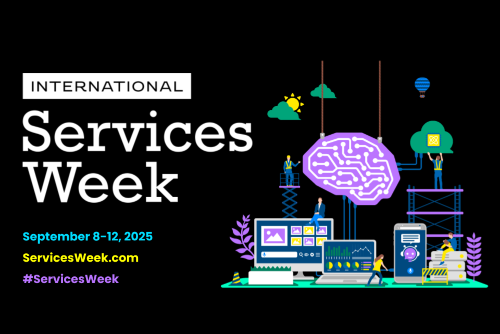Don’t let consultant burnout burn bridges: The CSAT factor

Consultants are no strangers to working under pressure. But when you add an uncertain economy, workforce reductions, and more customer projects to manage with smaller teams, the risk of employees feeling worn out is even higher. Consultant burnout, often overlooked and underestimated, can cast a long shadow over an organization’s performance—especially regarding customer satisfaction.
It’s also the key topic of this just released TSIA technographic, where TSIA’s Distinguished Researcher, John Ragsdale, highlights the critical causes for consultant burnout and some key steps you can take to alleviate it.
The core causes & implications
With demanding internal and customer project pressures, a constant focus on utilization rates, and long hours (which can include under-utilization, extensive business travel, or remote-work fatigue—or all!), it’s easy to see how burnout happens. TSIA points out that unrealistic expectations from project managers and customers, coupled with a lack of input and control over project assignments and working hours, further exacerbate the situation. The same notion was validated in the recent study conducted by Certinia surveying 900 consultants, where 33% of consultants indicated that not getting to work on the projects they wanted impacted morale.
When consultants are burned out, they may find it challenging to remain genuinely engaged with customers. Decreased empathy can result in a lack of understanding and sensitivity toward customer needs, resulting in less effective problem-solving and communication. The patience threshold of burned-out employees tends to be shorter, which might cause them to rush through interactions, leaving customers feeling unheard and dissatisfied. It also decreases their productivity which means projects are more likely to fall off-course. There’s nothing good about this equation.
The domino effect
Consultant burnout doesn’t confine its effects to individual employees—it can trigger a domino effect throughout the organization. One exhausted team member can affect the motivation and morale of others, leading to a collective decline in performance. This ripple effect ultimately influences the customer experience. With the interconnected nature of modern workplaces, the burnout of a few can quickly become a challenge faced by many, amplifying the negative impact on customer satisfaction.
Watch the webinar
Fixing the issues
The TSIA report offers valuable recommendations for organizations wanting to tackle the pressing issue of burnout in professional services, some of which include:
- Measure satisfaction thoroughly: Enhance your customer feedback processes to capture sentiment regarding project delivery and consultants’ performance. This data can provide insights into potential problems and areas for improvement.
- Revamp employee engagement programs: Update your engagement strategies to focus more on employee well-being and work-life balance. Address the unique challenges posed by the economy and evolving work expectations.
- Encourage ongoing conversations: Regularly communicate with your consultants through surveys and discussions. Collect feedback to identify skills they want to build out, projects they want to work on, and stressors and triggers for burnout.
Technology matters
Preventing consultant burnout requires a new approach to optimized staffing with modern resource management solutions. Today, it is not just about ensuring the right availability or skillset but also about consultants working on fulfilling projects that align with their career objectives. The right solution will not only empower resource managers with deep visibility into skills, certification, and experience to help surface the right resource every time. It will empower employees with innovative, collaborative features where they take an active role in skill development and career aspirations. Siloed spreadsheets and disconnected applications just won’t suffice.
We encourage you to take a close-up of this research that sheds light on the close link between employee burnout and customer satisfaction. Acknowledging this relationship underscores the importance of proper resource allocation strategies, skill development, constant feedback loops, and holistic well-being initiatives within organizations. If you address burnout properly, you can create a system that elevates employee satisfaction, which translates into improved customer interactions. It’s a win-win scenario that paves the way for sustainable success.
For additional resources on optimizing your resource allocation strategy, dive in here.
Recent Articles
Maximize your Salesforce investment with Certinia






